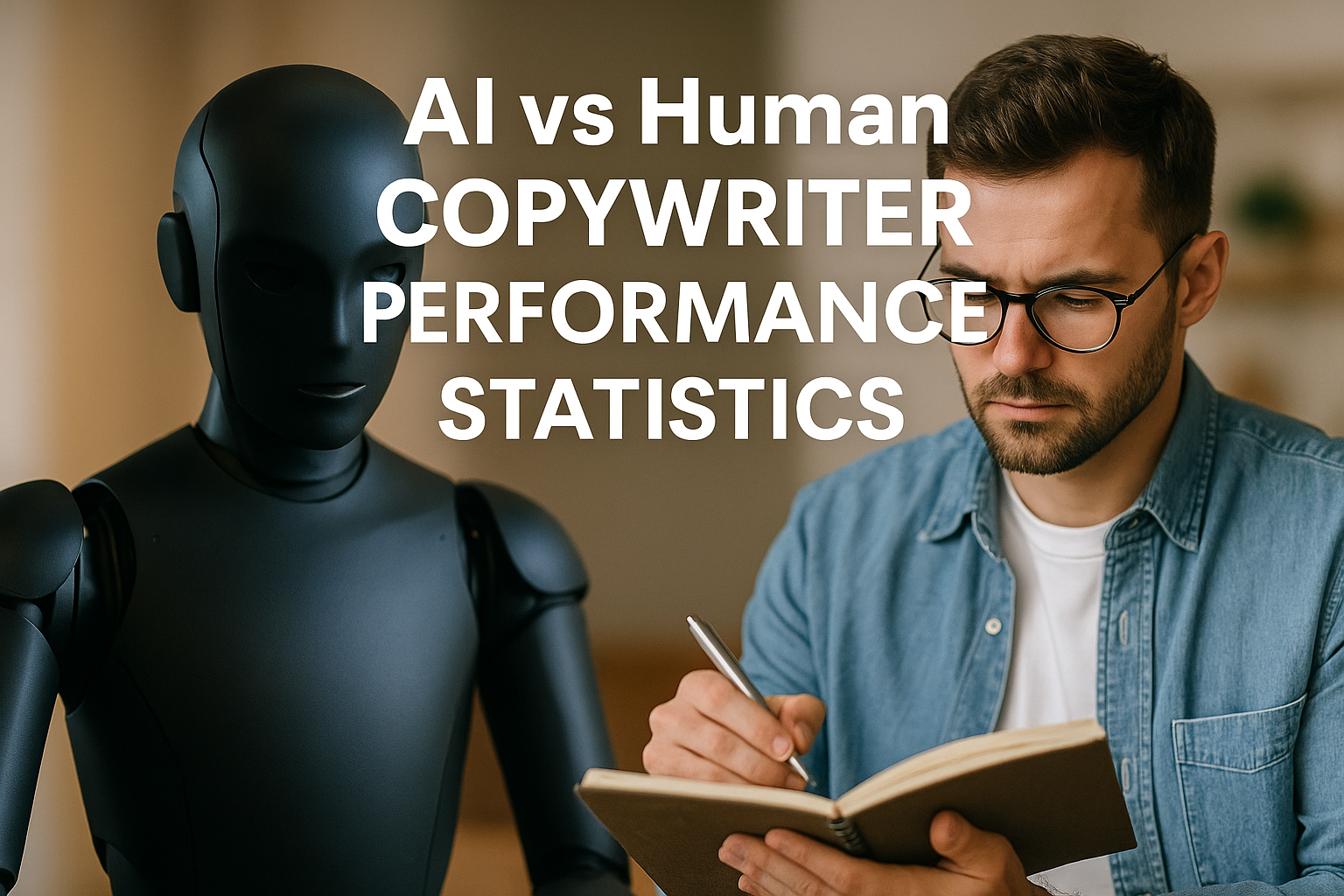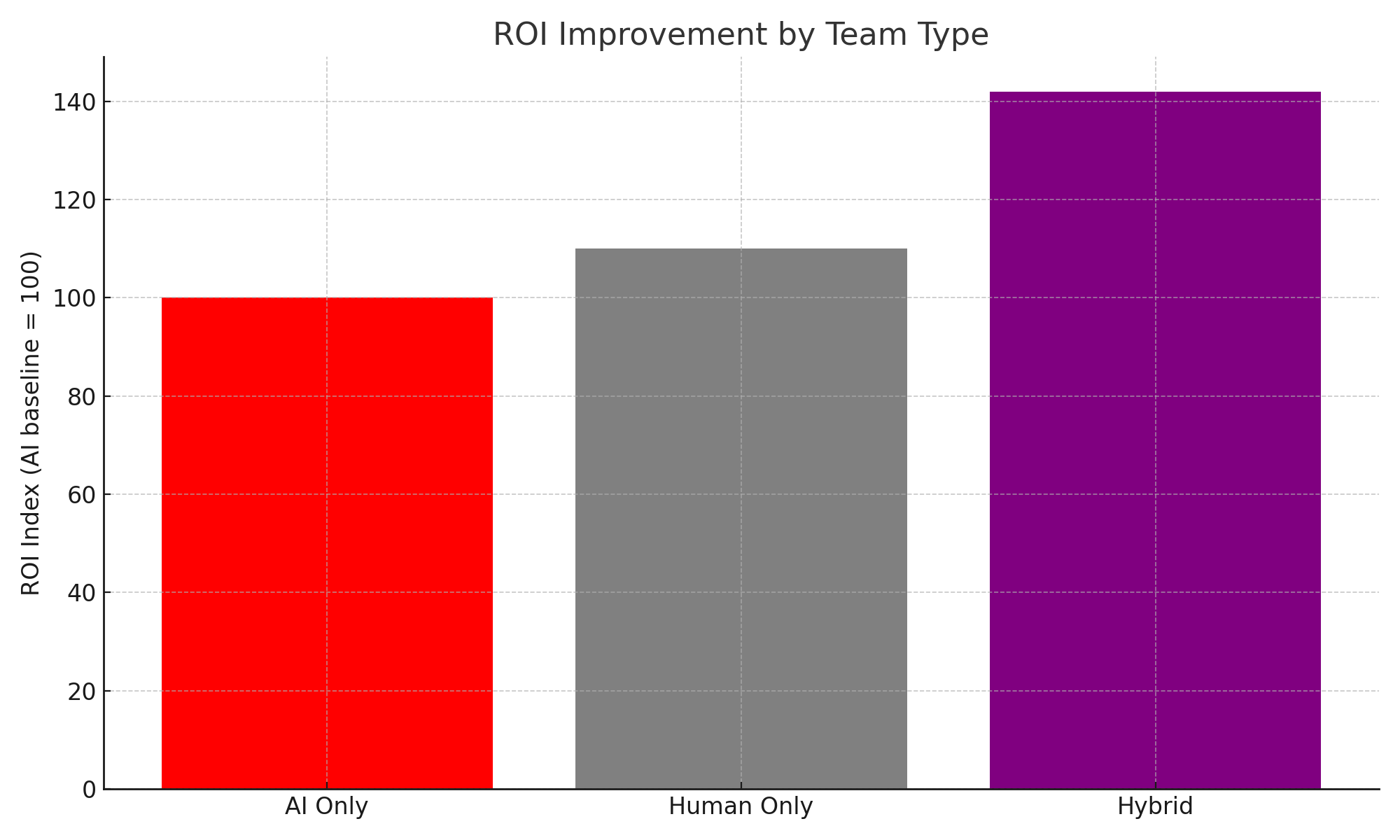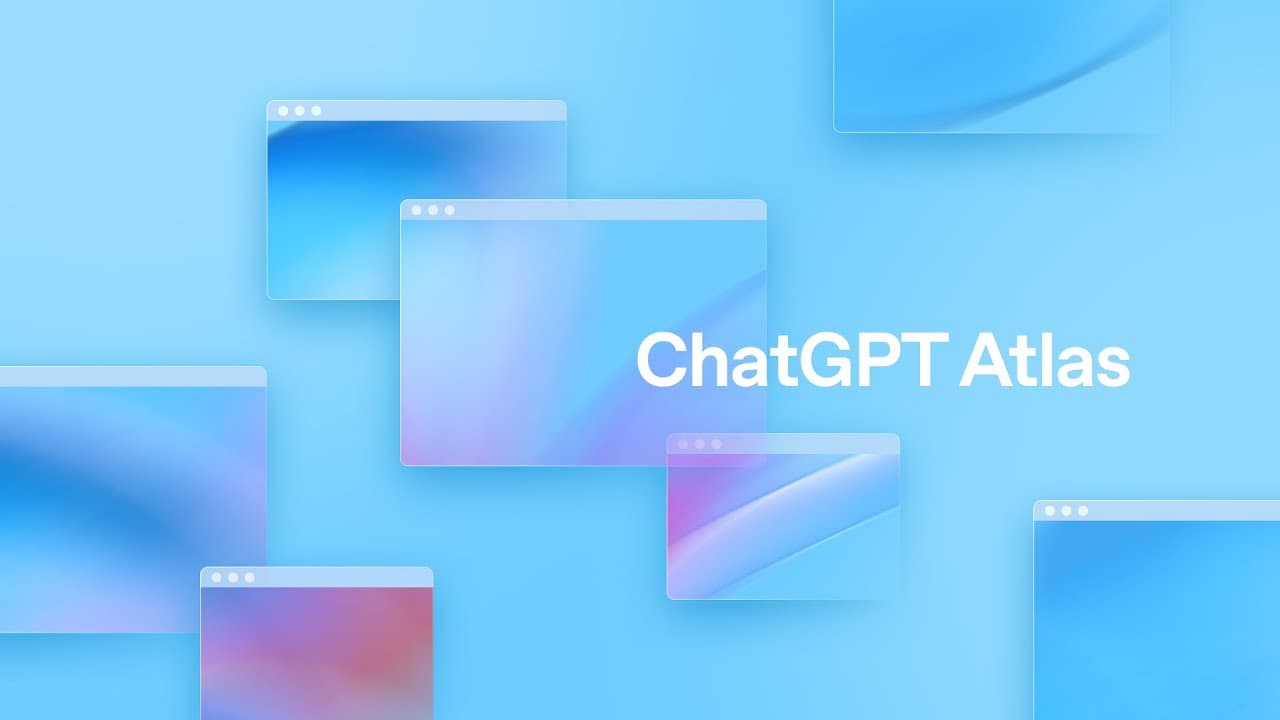Will AI Replace Copywriters in 2025? The Data, the Risk, and the Playbook
Here’s the uncomfortable truth: AI won’t replace copywriters in 2025, but companies that don’t rewire their content operations around AI will fall behind. The winners won’t be those who fire writers; they’ll be those who turn writers into force multipliers.
Executive Hook: The content race is accelerating-your org chart must, too
Generative AI can draft ads, emails, product descriptions, and blogs in seconds. Tools like ChatGPT, Jasper, Copy.ai, Rytr, and Writesonic promise speed, scale, and lower costs. That’s real. But what matters for leaders isn’t the novelty-it’s the operating model. AI changes the economics of content, the skills your team needs, and how fast your brand can compete.
Industry Context: Why this matters for competitive advantage
Every category is drowning in content. The brands breaking through are doing three things differently: producing more iterations faster, localizing at scale, and tightening the loop between message, performance data, and revision. AI is the engine for this-but only when paired with a human-in-the-loop model that protects brand voice and strategy.

Cost pressure is the catalyst. AI tool subscriptions start at consumer-level pricing—Rytr around $9/month, Copy.ai around $24/month, with Jasper offering higher-priced enterprise tiers—versus $50,000-$100,000 per year for a full-time copywriter (plus benefits). The delta invites hasty automation. The smart move is surgical automation with rigorous editorial control.
Core Insight: Treat AI like a content foundry, not a creative director
In transformations I’ve led, the breakthrough comes from reframing roles: AI does the drafting, expansion, and localization; humans do the brief, the brand, and the judgment. When you separate “generation” from “direction,” throughput jumps without sacrificing distinctiveness.

Typical outcomes after 6-12 months of a hybrid model:
- 30-50% faster production for short- and mid-form assets (emails, product pages, social posts)
- 10–25% reduction in cost per asset after training and workflow stabilization
- Higher test velocity: 3–5 variants per concept without adding headcount
- Stable or improved performance when editorial QA guards brand voice and claims
The ceiling isn’t the model; it’s your process. Teams that install guardrails (briefs, tone guides, prompts, QA) keep quality high and mitigate risk. Teams that skip this get commodity copy and brand erosion.
Common Misconceptions: What most companies get wrong
- “AI will replace writers.” It replaces first drafts. It doesn’t replace strategy, creative judgment, or accountability.
- “AI makes content free.” Subscriptions are cheap; total cost isn’t. Integration, governance, editorial QA, and training make up the real TCO.
- “One click = on-brand.” Without a style guide, voice examples, and a prompt library, AI defaults to generic.
- “Long-form is solved.” AI can structure long-form, but depth, originality, and evidence still depend on human expertise and editing.
- “Compliance will catch issues later.” Regulated claims, sourcing, and IP checks must be built into the workflow, not bolted on.
Strategic Framework: The Human x AI Content Operating Model
Use this three-layer model to scale responsibly.
1) Strategy Layer (Human-led)
- Audience insight, segmentation, JTBD
- Positioning, proof, and guardrails
- Creative concepts and briefs with success metrics
2) Generation Layer (AI-accelerated)
- Drafting, rewriting, summarizing, and localization
- Variant generation for experiments and personalization
- SEO scaffolding and metadata suggestions
3) Governance Layer (Shared)
- Editorial QA for voice, accuracy, and originality
- Compliance checks (claims, citations, licensing)
- Performance feedback loop and prompt library updates
Economics: TCO and ROI you can explain to your CFO
Budget the whole system, not just the subscriptions:
- Software: $9–$24 per user/month for basic tools; enterprise tiers at higher rates for brand controls, SSO, and API access
- Integration: Connectors to CMS, eCommerce, and marketing automation; plan for initial setup and maintenance
- Training: Prompt library, voice guide, and playbooks; expect ramp time and refresher sessions
- Human-in-the-loop: Editorial QA and compliance reviews add time but prevent costly brand and legal issues
Back-of-envelope example: If your team ships 200 assets/month at a blended cost of $200 each, a 25% time reduction saves ~$10,000/month. Deduct software, training, and QA overhead and you still net meaningful gains—especially as test velocity improves conversion.

Action Steps: What to do Monday morning
- Audit content by value and risk. Tag each type (ads, emails, product pages, support articles) as AI-first, AI-assisted, or human-only.
- Pick two high-volume, low-risk use cases to pilot (e.g., product descriptions and lifecycle emails). Define success metrics upfront.
- Create your voice system. Build a 2–3 page brand voice guide with good/bad examples and a prompt library tied to your brief template.
- Design the workflow. Map steps from brief to publish: who prompts, who edits, who approves, where compliance fits, and what gets logged.
- Tool selection with TCO in mind. Compare ChatGPT/Jasper/Copy.ai/Rytr/Writesonic on cost, controls, integrations, and support. Start small; avoid tool sprawl.
- Stand up governance. Require plagiarism checks, fact verification, and claim substantiation. Log sources for regulated categories.
- Upskill your team. Train writers as editors, prompt engineers, and performance partners. Incentivize learning with measurable goals.
- Measure and iterate. Track cost per asset, cycle time, variant count, win rate in A/B tests, and engagement. Review monthly; update prompts quarterly.
The Bottom Line: Augment, don’t abdicate
AI will not replace human copywriters in 2025—but it will replace teams that refuse to adapt. Treat AI as a drafting and scaling engine, keep humans in charge of strategy and standards, and build a workflow that turns speed into advantage without sacrificing voice, originality, or trust. Do that, and your content operation doesn’t just get cheaper; it gets sharper.



